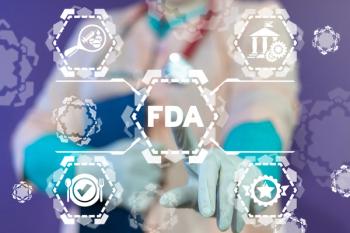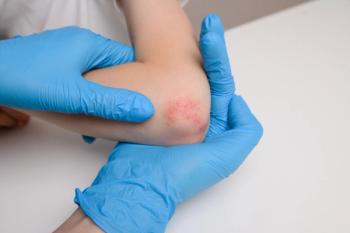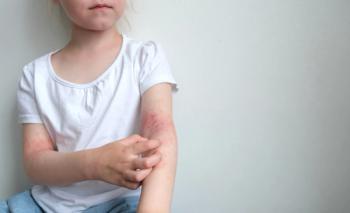
Examining Treatment Options for Rosacea and Acne
Addressing the 2 inflammatory conditions requires careful consideration of the therapies to use.
Hilary Baldwin, MD, medical director of the Acne Treatment & Research Center in Brooklyn, New York offered insight into the various treatments for 2 common skin conditions, acne and rosacea, at the 2022 SDPA Fall Conference.
She began with some background on why some people are prone to acne breakouts, and explained that acne is a chronic inflammatory disease of the pilosebaceous unit. During puberty, alteration of the sebaceous lipid profile, stress, irritation, cosmetics, and potential dietary factors lead to inflammation and the formation of different types of acne lesions. Cutibacterium acnes (c. acne) is the relatively slow-growing, typically aerotolerant anaerobic, gram-positive bacterium (rod) linked to the skin condition.
Baldwin said the average acne patient is on 2.3 different medications, and a combination therapy program is typically the most successful. She said medical professionals should take a clinical approach when treating acne patients and gave guidelines to consider:
- Determine if lesions are inflammatory, comedonal, or a combination of both
- Are the lesions mild, moderate or severe?
- Are there signs of scarring?
- Is there psychological impairment due to the condition (if so, an aggressive approach to controlling the acne would be best)
Baldwin then gave an overview of the common acne medications available by prescription, including topical agents (tretinoin, tazarotene) that work by reducing keratinocyte proliferation and blocking inflammatory pathways for acne. Antibiotics, such as clindamycin with benzoyl peroxide, eliminate excess skin bacteria and reduce inflammation. The two prescriptions can be combined to reduce the likelihood of developing antibiotic resistance. A 20% azelaic acid has antibacterial properties and is as effective as many conventional acne treatments.
Rosacea is a chronic inflammatory disorder of the central face with multiple overlapping presentations. It typically occurs in patients who are genetically predispositioned (family history, twin concordance, autoimmune disorders. Baldwin said environmental factors can factor into the severity of the disease (ultraviolet exposure, alcohol, smoking, age). There are 4 specific types of rosacea:
- Erythematotelangiectatic (ETR)
- Papulopustular
- Phymatous
- Ocular
Each type of rosacea has a unique set of symptoms and treatment options. Baldwin said patients need to explore and identify the products, irritants, and conditions that cause a rosacea flareup, so they are better equipped to avoid triggers.
Depending on the severity of the patient’s rosacea, there are various medical treatments available, such as topical creams alone or with oral medication. Topical medications include ivermectin, minocycline 1.5% foam, azelaic acid, and metronidazole. Baldwin said it’s important to treat all aspects of a patients's disease, because rosacea can have a negative psychosocial impact. As it is a chronic disease, the clinician should periodically inquire about the patient’s emotional and mental wellness.
Newsletter
Pharmacy practice is always changing. Stay ahead of the curve with the Drug Topics newsletter and get the latest drug information, industry trends, and patient care tips.











































































































































































































